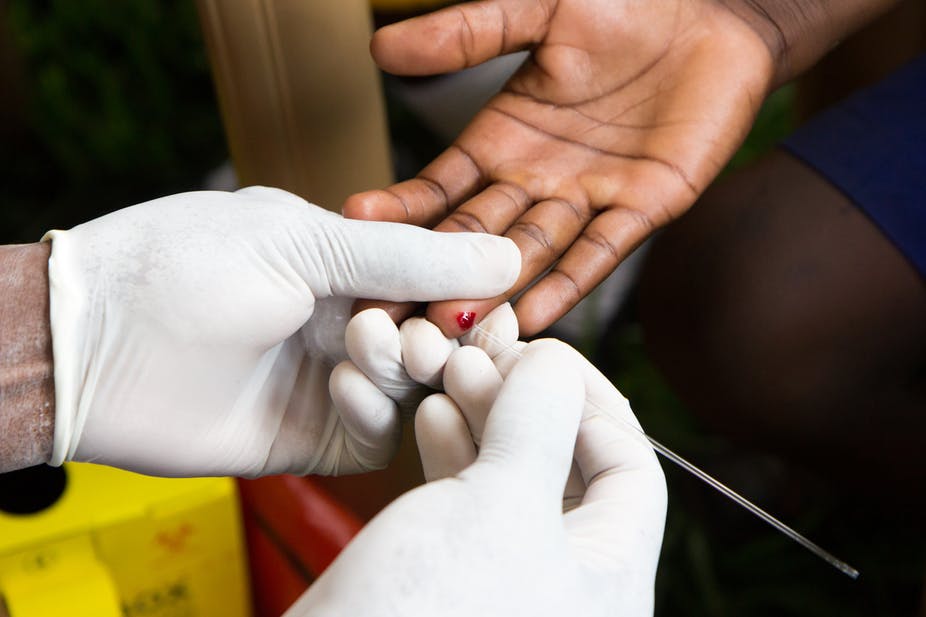Adolescent girls and young women are eight times more likely to be infected with HIV than their male counterparts while the highest rate of infection in Zimbabwe occurs among this group, CITE has learnt.
Furthermore, the country’s map of HIV incidence shows that the southern part of Zimbabwe suffers most from HIV.
According to the 2017 Zimbabwe National, Provincial and District HIV and AIDS Estimates Report, compiled by the Ministry of Health and Child Care in collaboration with National AIDS Council (NAC) and support from partners, the total number of people living with HIV in the country was estimated to be 1.33 million in 2017, of which 1.25 million were adults.
The HIV prevalence rate among people aged 15 to 49 was estimated at 13.3 percent in 2017.
Executive Director of the Global Fund, Peter Sands who was in Bulawayo to oversee their funded projects confirmed that young women were more at risk of contracting HIV than male counterparts.
“The highest rate of infection in Zimbabwe is among young adolescent girls and young women, who are up to eight times more likely to be infected as adolescent boys and young men of the same age,” he said while responding to questions on what was driving rate of new infections in the country.
Sands listed several causes that contributed to why adolescent girls and young women were more at risk.
“When looking at the underlying causes, some of it is about the fact that some they simply don’t know much about HIV and AIDS, how to protect themselves. Some reasons are linked to rate of teenage pregnancy or child marriage, gender-based violence, so there is a range of different issues at play,” said the executive director who noted that his meetings would touch on the issue of adolescent girls and young women who are most at risk of HIV infection.
He noted that of course there were other key populations particularly at risk and contribute to the risk of HIV infection who included “sex workers, men who have sex with men, transgender people, people who use drugs and prisoners and these groups suffer disproportionately high rates of infection.”
Sands noted that if one looked at the HIV incidence map in Zimbabwe, it was the southern part of the country which suffers most from HIV.
He noted that from touring some site projects in Matabeleland North, he would have the opportunity to see first-hand some of the really innovative and effective programming put in place to tackle the incidence challenge around HIV, particularly around adolescents.
“This is one of the critical challenges we are working with partners and the government, which is on reducing new infections of HIV. That’s why multi-stakeholder partnerships have involved the challenge of prevention, which is not just a medical programme, it’s about education, and economic opportunity, it’s about social norms and gender-based violence that requires broader sets of interventions. This is an opportunity for me to look at the work that is done in the part of the country where it is most important,” said the executive director.
In 2015, the ‘Zimbabwe Demographic and Health Survey 2015’ said 17 percent of young women aged 15 to 19 in Zimbabwe reported having had sex with a man 10 years older in the past 12 months.
Termed the ‘sugar-daddy’ culture, this was believed to contribute to an elevated risk of HIV for young women as they are exposed to older men who may be more likely to have HIV, or who hold the power in the relationship and determine condom use.
Meanwhile, Sands praised Zimbabwe as one of the “very few countries on the continent that has succeeded in reaching 95 percent of HIV positive people in anti-retroviral therapy.”
Data from the UNAIDS 2019 stated that in 2018, Zimbabwe had 1.3 million people living with HIV, while the adult HIV prevalence rate for those between 15 to 49 years was 12.7 percent with 38 000 new HIV infections and 22 000 AIDS-related deaths.

